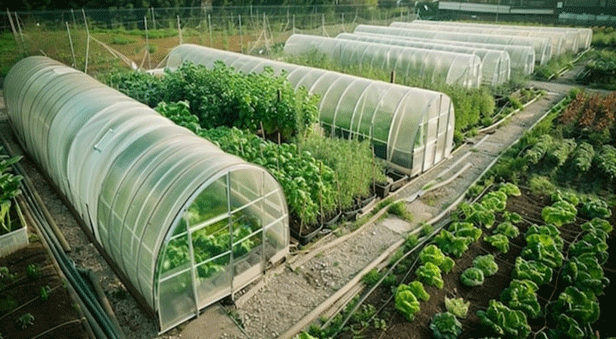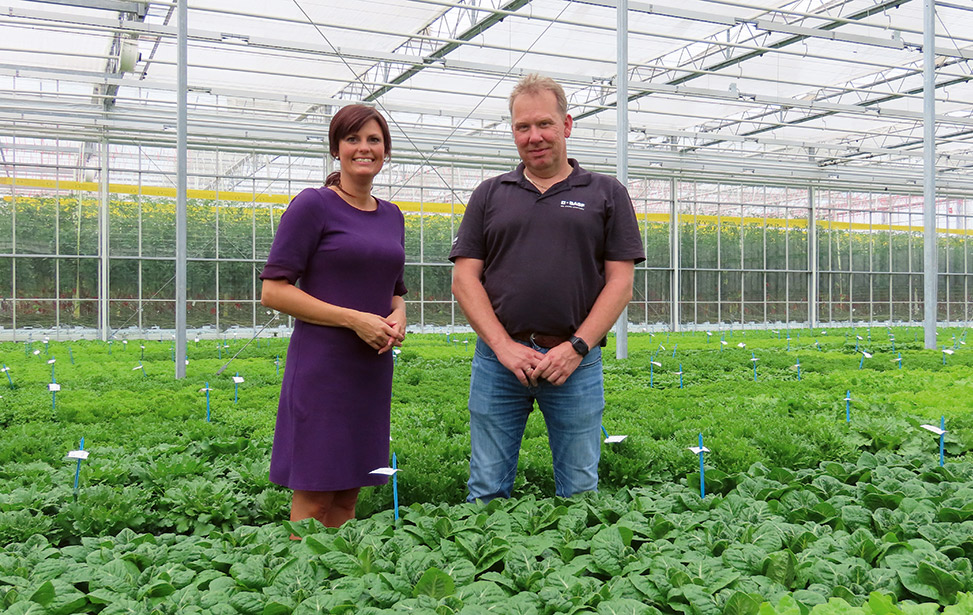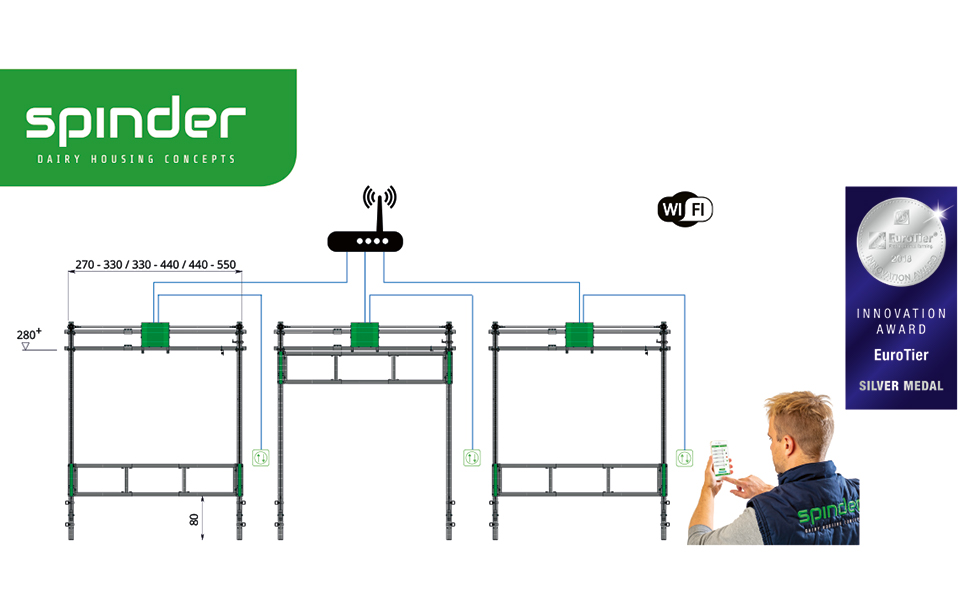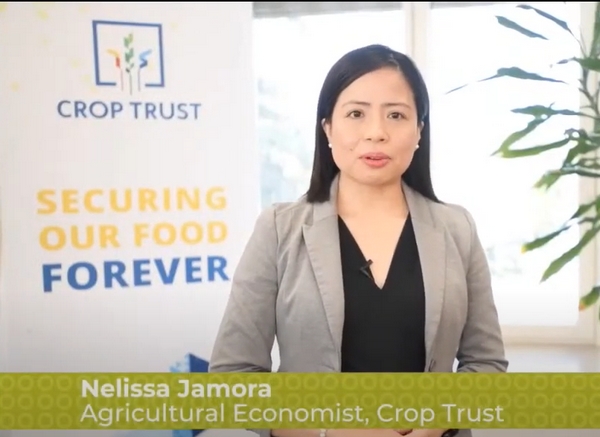In the ever-evolving world of agriculture, modern techniques like greenhouses and polyhouses have provided farmers with tools to boost productivity and profits. However, for many, these systems are cost-prohibitive. Polytunnels, a more affordable alternative, are increasingly favored by small and medium-scale farmers for their simplicity, versatility, and cost efficiency.
Polytunnels are semicircular, tunnel-shaped structures covered with transparent plastic sheeting. They create a controlled microclimate ideal for growing vegetables, fruits, and seedlings. Unlike greenhouses or polyhouses, polytunnels require lower initial investments and are easier to construct, making them accessible to farmers across various economic backgrounds.
Applications and Benefits
Polytunnel farming is highly versatile, allowing farmers to grow a wide range of crops, including:
- Off-season vegetables: Capsicum, cucumber, and bottle gourd thrive in polytunnels due to the controlled environment.
- Nurseries: Seedlings for cauliflower, cabbage, and onions can be cultivated safely, protected from frost and pests.
Key benefits include:
- Cost-effectiveness: Polytunnels are significantly cheaper to build than greenhouses, with materials like bamboo and polyethylene readily available.
- Weather resilience: Crops inside polytunnels are shielded from frost, heavy rainfall, and strong winds.
- Increased yields: The controlled environment promotes healthier plant growth, leading to higher productivity.
- Pest protection: By isolating crops, polytunnels reduce exposure to pests and diseases.
How to Set Up a Polytunnel
Agriculture expert Ishwar Singh from Garhwal University explains the simple setup process:
- Frame construction: Use bamboo or metal rods to form a U-shaped frame, placing them in a series at intervals along the desired tunnel length.
- Covering: Secure transparent polyethylene over the frame, ensuring it is tightly fastened to withstand wind.
- Ventilation and access: Include side openings or flaps to maintain airflow and allow easy access for planting and maintenance.
A standard polytunnel can be 10 meters long and 2 meters wide, with adjustments made based on available space and specific crop requirements.
The Future of Polytunnel Farming
Polytunnel farming aligns with sustainable agriculture goals by enabling efficient use of resources and adapting to changing climatic conditions. Its affordability makes it an attractive option for farmers in developing regions, bridging the gap between traditional farming methods and high-tech solutions.
Polytunnels not only enhance productivity but also encourage innovation at the grassroots level, empowering farmers to take control of their agricultural practices.
Polytunnel farming is an accessible, efficient, and sustainable solution that is reshaping modern agriculture. By enabling off-season cultivation, protecting crops from environmental challenges, and reducing costs, polytunnels offer a promising future for farmers worldwide. For those looking to increase profitability with minimal investment, polytunnel farming is a game-changer.











